The Frogs And Insects That Freeze
17:25 minutes
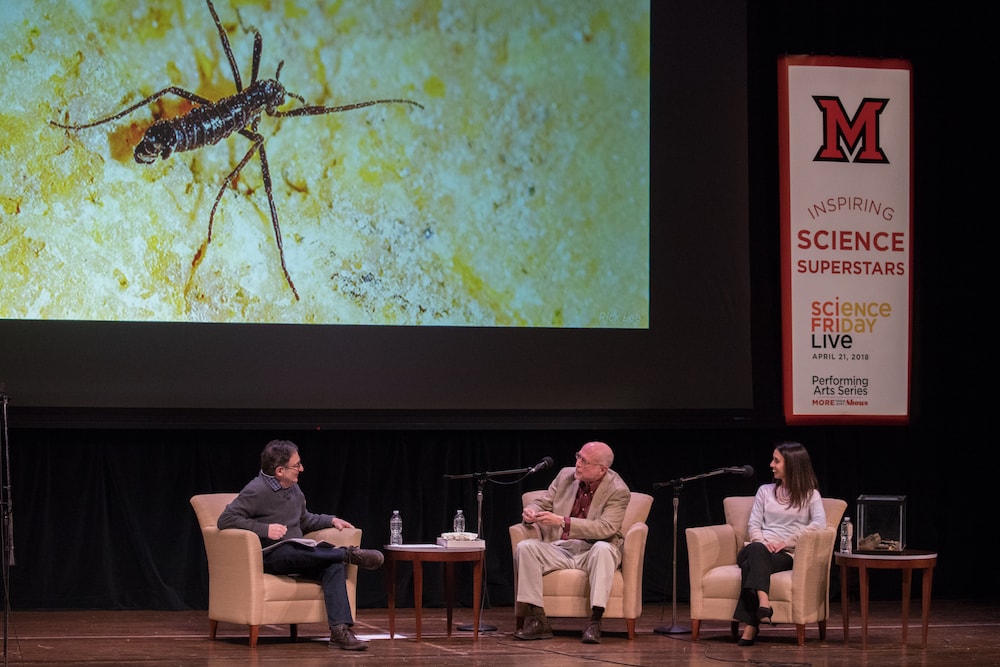
When winter comes, animals have several options for survival. They can leave their habitats entirely for warmer environments, search for a cozy cave, or even find insulation under a toasty snowbank.
And if you’re a wood frog in chilly Ohio or Alaska, or the larvae of a certain wingless midge in Antarctica, you might also just stay put, and freeze solid until the sun returns. But to survive such extreme low temperatures, the bodies of these animals have made some special adaptations: sugars that act like antifreeze, and processes for keeping ice outside their cells to protect their tissues.
[Spring into spring with some springtime science!]
Clara do Amaral, an assistant professor of biology at Mount St. Joseph University in Cincinnati, and Richard Lee, Miami University distinguished professor of biology, join Ira in this segment, recorded live in Miami University’s Hall Auditorium in Oxford, Ohio. They share what we’re learning about how insects and amphibians survive harsh temperatures, and what frostbite and dehydration have in common. View photos of the researchers in the field and the creatures they study below.
Plus, SciFri producers took a field trip to Miami University’s cryobiology lab to learn more about how insects, such as flesh flies of Ohio, handle the cold.
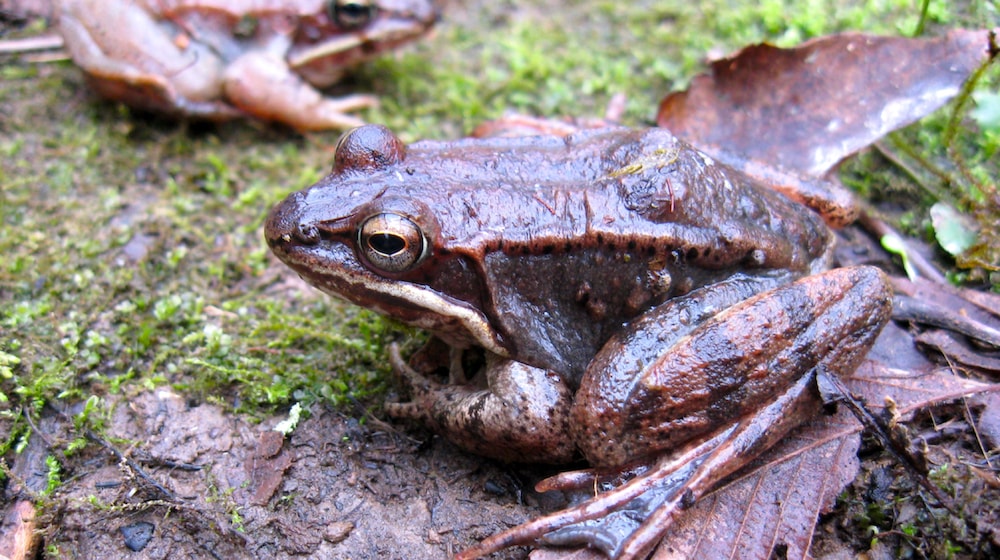
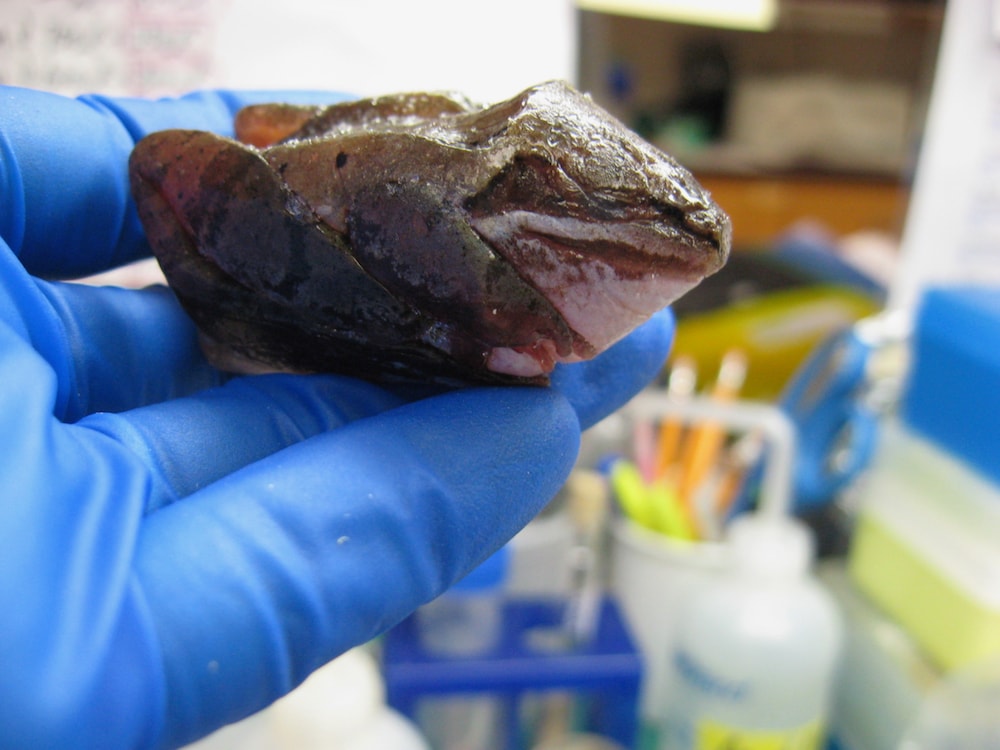
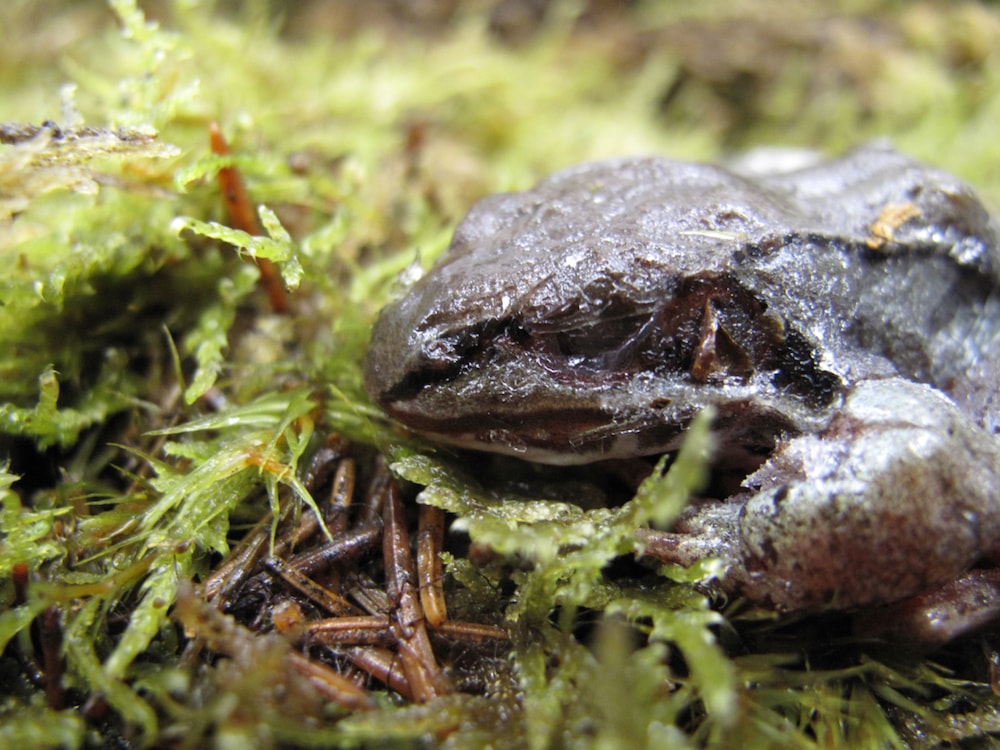
[Pitting viruses against bacteria to combat the antibiotic crisis.]
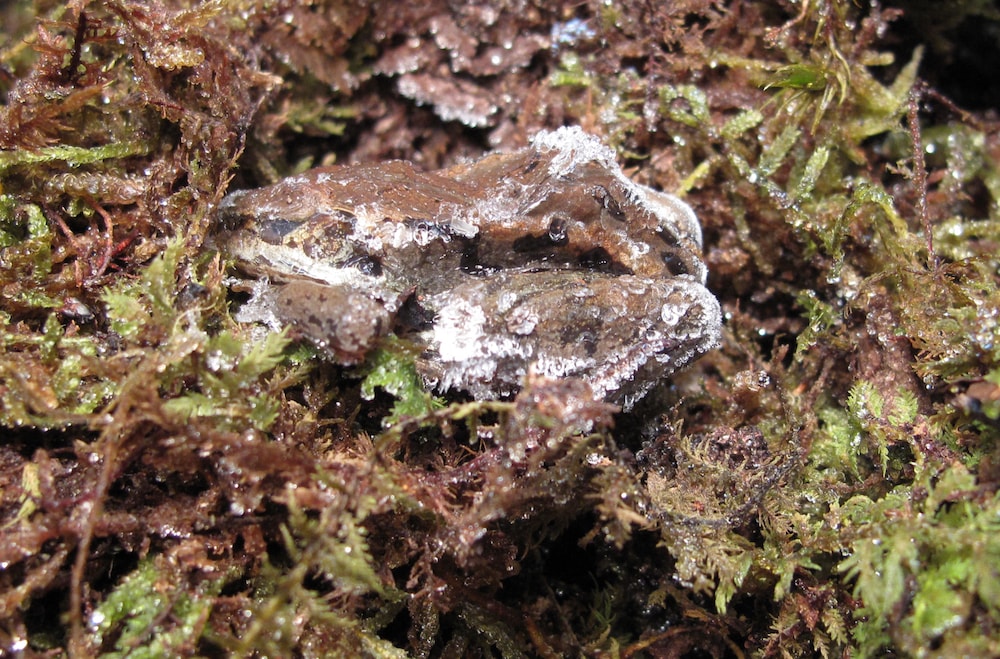
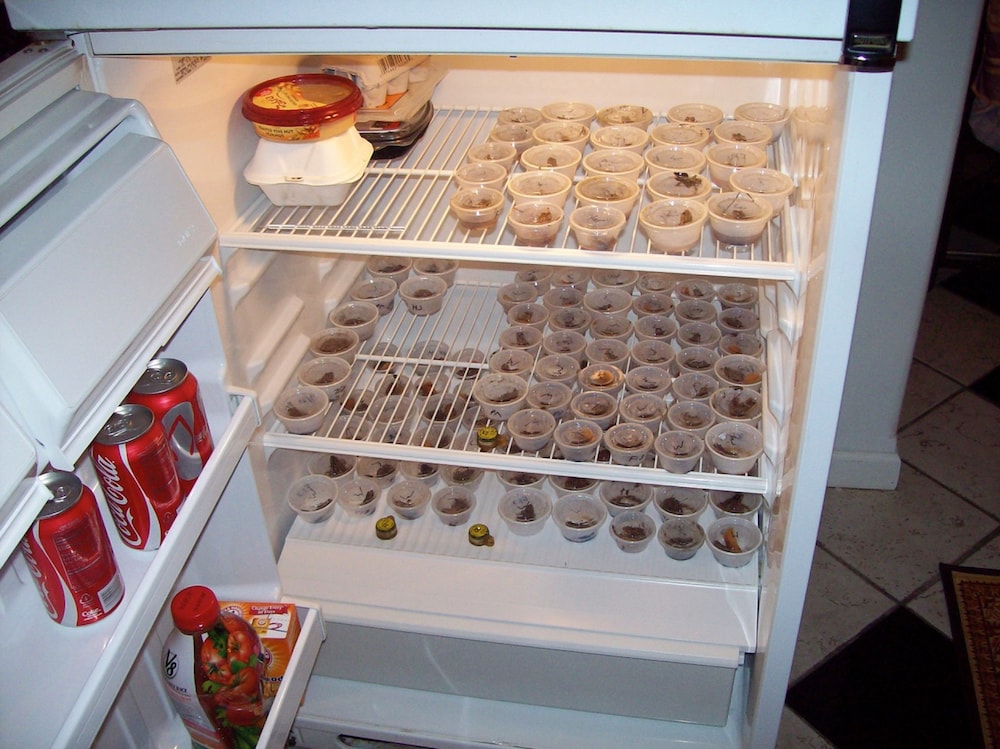
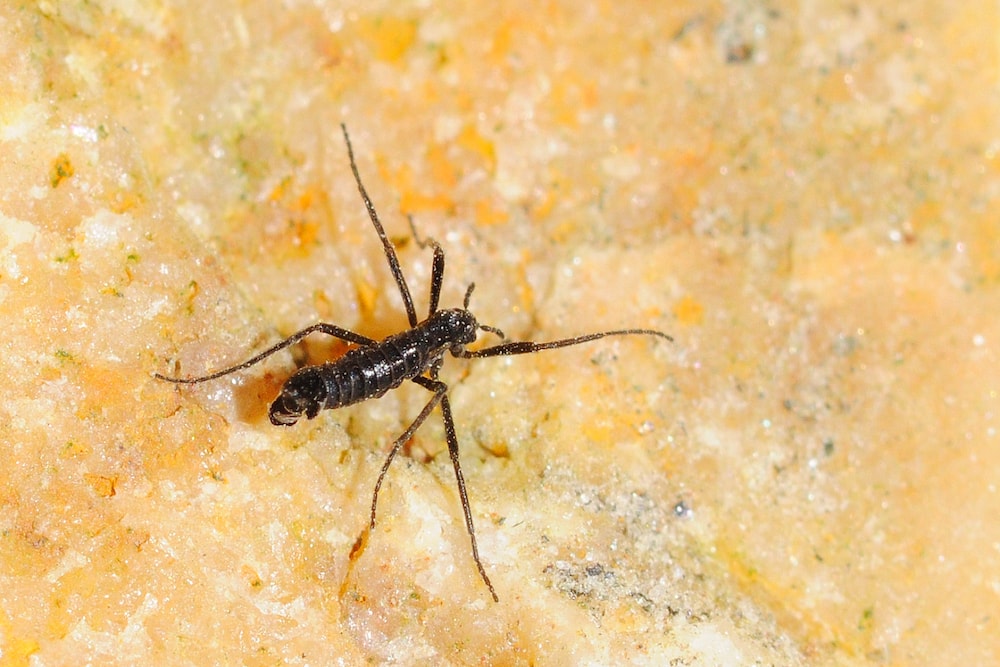
[Do Florida’s flamingos really belong there?]
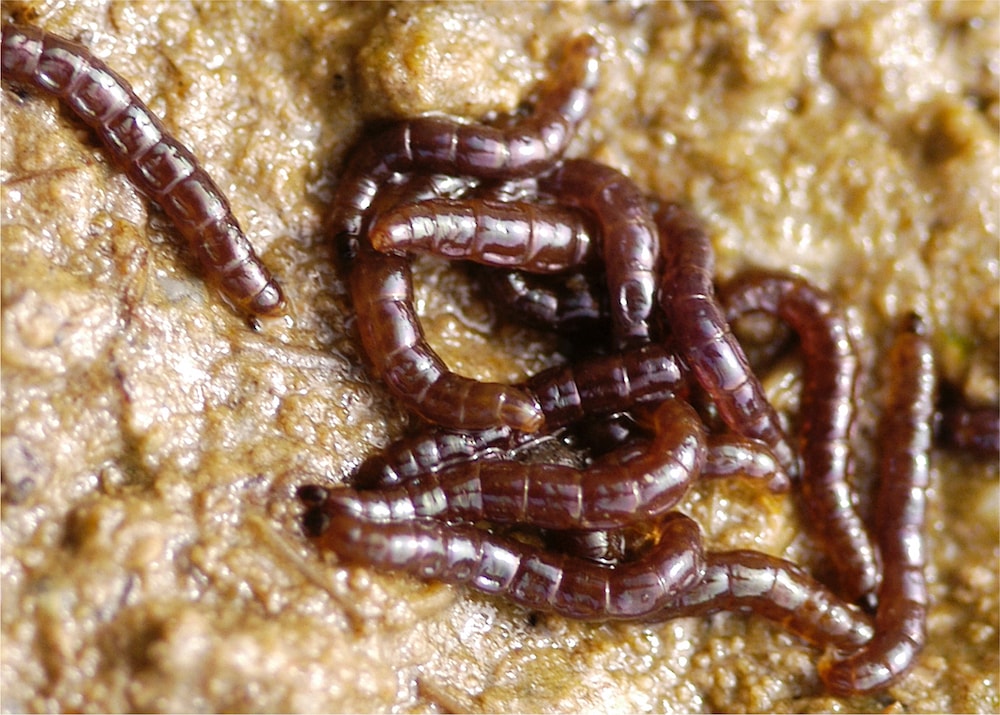
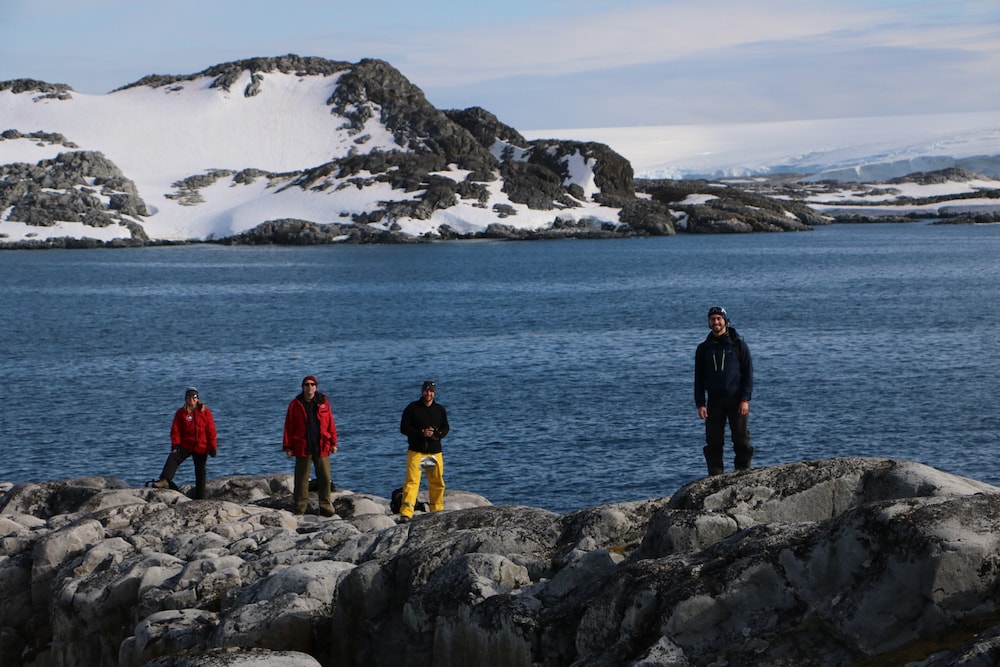

Rick Lee is a University Distinguished Professor of biology and director of the ecophysiological cryobiology lab at Miami University.
Clara do Amaral is a comparative physiologist and assistant professor of biology at Mount St. Joseph University in Cincinnati.
IRA FLATOW: This is Science Friday. I’m Ira Flatow coming to you from Miami University’s Hall Auditorium in Oxford, Ohio. Yes. It doesn’t feel like spring is ever going to get here. Does it? You know, nighttime temperatures going down near freezing.
But just think about the animals that have to live outside. How they must feel in all this cold weather. Well some of them have found unique ways of coping with the cold. Their tissues fill with something like antifreeze to prevent ice from forming inside their cells. Some can super cool or they even deliberately let themselves freeze hard as a rock.
There’s a kind of frog that does that. We’re going to look at that. All in the name of getting through the winter. We’re going to take a nice long look at a couple of those animals tonight. With an eye towards learning their tricks and maybe applying them to help out we humans in some way.
Let me let me introduce my guests. Rick Lee is University Distinguished Professor of biology, director of the ecophysiological cryobiology lab at Miami University. Welcome to Science Friday.
[APPLAUSE]
RICHARD LEE: Thank you very much.
IRA FLATOW: Clara do Amaral is a comparative physiologist and assistant professor of biology at Mount St. Joseph University in Cincinnati and a Miami University alum also. Welcome to Science Friday.
CLARA DO AMARAL: Thank you for having me.
IRA FLATOW: Dr. do Amaral, you brought us a specimen from your work. It’s sitting right there in the terrarium.
CLARA DO AMARAL: Yes, so in the terrarium there are actually two wood frogs, which are one of the species of frog that I study which are freeze tolerant.
IRA FLATOW: When you say freeze tolerant does it really actually freeze solid?
CLARA DO AMARAL: Yes. Freeze solid.
IRA FLATOW: So I could hit it on a table.
CLARA DO AMARAL: You probably shouldn’t, but you could.
[LAUGHTER]
IRA FLATOW: How does it do that?
CLARA DO AMARAL: So basically frogs are, what people in general call, cold blooded organisms. And so when winter comes and the environmental temperatures drop low enough, the body temperature of the frog kind of follows that temperature.
So they become relatively cold. And so if the body temperature drops low enough, so close to zero degrees Celsius, their body fluids slowly start freezing.
So we study how they can actually do that. So they have a series of physiological responses that allow them to survive being frozen.
IRA FLATOW: Here we have a photo of it frozen– that’s in its frozen state.
CLARA DO AMARAL: Yeah. Mm-hmm.
IRA FLATOW: That’s ice on the outside?
CLARA DO AMARAL: Yes. So basically there’s a little bit of ice on the surface and then if you were to actually touch it, you can actually feel these sheets of ice on the ventral side and on the legs and on the arms.
IRA FLATOW: So why would it– what benefit does it have from freezing solid rather than hibernating or something like that.
CLARA DO AMARAL: Right. So it has to do with the ecology and the behavior of the frog. So these frogs, they don’t really overwinter in a sheltered environment. They basically hibernate in shallow depressions in the forest floor where they’re actually exposed to these low temperatures. And so this is one of the strategies that allows him to basically overwinter in those particular locations.
IRA FLATOW: And your work, Richard Lee, is on the largest land animal that lives in Antarctica.
RICHARD LEE: Exactly. I mean, who wouldn’t want to work on the largest land animal. That’s right. Right there.
IRA FLATOW: What is that? What is it?
RICHARD LEE: In fact I brought some of these for you. You look like a pretty strong guy.
IRA FLATOW: Oh, oh, oh, that’s heavy. That’s heavy. These are tiny little flies?
RICHARD LEE: Flies and the larvae.
IRA FLATOW: Flies and larvae?
RICHARD LEE: They have both there. Yes.
IRA FLATOW: That’s the largest living land animal?
RICHARD LEE: Look, if you’re going to be the largest land animal you’ve got to stay there 12 months of the year. You can’t be the penguins and the seals that come in and breed in the summer and then they leave. You’ve got to stay there and take it. And so some of these lunkers, I’m not kidding, are six millimeters long.
IRA FLATOW: Well we have some of the pictures of them on the screen there.
RICHARD LEE: Those are the larvae right there.
IRA FLATOW: They look like wormy things.
RICHARD LEE: That’s what every good maggot looks like.
[LAUGHTER]
IRA FLATOW: So what happens to the larvae? They then?
RICHARD LEE: There’s four larval stages. It takes two years for them to work their way through these stages. This same group of flies around here would complete their lifecycle in a single year. But because of the short growing season, it takes two years down there.
So they go through their first, second, third, and their fourth end star. They overwinter twice. And then they emerge as an adult that only lives for 7 to 10 days. They mate, they lay eggs, they don’t feed, and that’s their life.
IRA FLATOW: I’ve been to Antarctica. It gets pretty cold in the wintertime in Antarctica. How are they able to survive in the winter?
RICHARD LEE: So when I first went to the Antarctic to study these– I’d done my doctoral work in Minnesota and worked on cold tolerance there– I said, wow. We’re going to get to go to Antarctica and really see some cold tolerant animals there. So we get down there and we do the test and they’re a bunch of wimps.
Yes, they can survive freezing. But it turns out that the environmental conditions along the peninsula are pretty mild because the ocean buffers the temperature of the islands in the peninsulas where they live. And so therefore they’re very rarely exposed to temperatures lower than say minus 5 degrees centigrade.
IRA FLATOW: Oh, like Miami.
RICHARD LEE: Kind of like Miami. That’s right. So this is the banana belt of the Antarctic Peninsula.
IRA FLATOW: Well Clara, let’s talk about what exactly does cold damage our bodies in the first place? How does the cold damage our bodies? What’s going on there?
CLARA DO AMARAL: Well, so there are a few things. So in a fully frozen organism there’s a few things. So first of all ice, in general. So ice in the tissues is pretty damaging. If you think about during winter how you’re supposed to leave your water running so that your pipes don’t freeze over.
Now think about the blood vessels in these animals. Right, so if you have ice forming in them you can have damage to the tissue. You can have internal bleeding and things like that. One of the other issues that is happening is when these animals are frozen they’re not really breathing.
So you know there is no oxygen coming in and carbon dioxide being removed so there’s a lot of accumulation of toxic compounds, so to speak. And so those are a few of the examples of the things that are basically dangerous and damaging for freezing.
IRA FLATOW: You know, Rick, when I was in Antarctica I was watching them study the Antarctic cod, which has antifreeze. It’s the same they said antifreeze that you put in your car radiator, just about.
RICHARD LEE: Yes, some of them do.
IRA FLATOW: And is this how they have antifreeze, is a method that animals use to survive.
RICHARD LEE: So the anti-freezes that most insects use our low molecular weight sugars and polyhydric alcohols. Things like glycerol, sorbitol. The blood sugar of insects is trehalose a disaccharide. And so they accumulate these in high concentrations, just like the ethylene glycol you put in your radiator.
And so the accumulation though is really incredible. It’s very much a syrupy consistency. Now this can work in two different ways. Most insects do not survive freezing.
But when you have high concentrations of these cryoprotective compounds, that helps them to super cool. Remain unfrozen to very low temperatures: minus 40, 50, 60 or below. But if you’re freeze tolerant, which a small handful of insects are, they also protect the insect as ice forms in the body.
IRA FLATOW: And Clara in animals then?
CLARA DO AMARAL: So the wood frog does similar things. So they accumulate basically cryoprotectants. It’s the name we give to these low molecular compounds. And so it’s blood sugar, so glucose. It’s the blood sugar of vertebrates is what the wood frog accumulates.
Another thing is urea. So that’s usually a somewhat toxic compound in mammals. But the wood frog is able to tolerate large concentrations of these and it helps in multiple ways. But one of them is to reduce the amount of ice formed when the animal is frozen. So it’s not exactly like an anti-freeze, but it helps to minimize the ice and the damage.
IRA FLATOW: So there is a little bit of damage–
CLARA DO AMARAL: Yeah.
IRA FLATOW: –that goes on. I would imagine nothing’s 100%.
CLARA DO AMARAL: Exactly.
IRA FLATOW: And so when the frog defrosts– I mean, it’s not in anybody’s sink dripping anywhere– what’s the process like? How does that happen?
CLARA DO AMARAL: So basically it’s actually really cool because they start thawing–
IRA FLATOW: Cool is a good word to use.
CLARA DO AMARAL: Yes.
IRA FLATOW: I couldn’t help myself. I’m sorry. My staff will hate me but that’s OK.
CLARA DO AMARAL: It’s OK. You’re good. It actually starts from the inside. So the core organs, so the heart and the liver, are the first to thaw. So basically the heartbeat is one of the first things that come back. And when you look from the outside you don’t notice.
The frog is very still. The eyes are kind of glazed over because everything is frozen. But then slowly circulation starts happening. Eventually you have respiration coming back.
And they’re very sluggish in the beginning and it’s super slow. It takes like 12 hours or so. And then eventually the animal actually starts moving. And then a few days later it’s fully back to normal.
IRA FLATOW: Does that give it a jump? A head start on other animals? I’m sorry. I’ve got to. I’m sorry.
CLARA DO AMARAL: Well actually, yes. So right about maybe like a month ago when we had a little bit of the thawing, that’s when they actually come out and mate. So the wood frogs are actually one of the few first frogs that comes out early in the spring to mate. And so they’re the first ones to reach the ponds.
They hibernate in these kind of like temporary ponds. And so actually being freeze tolerant and allowing them to respond so early to the upcoming spring allows them to get to the ponds early, mate, and then they go on their business.
IRA FLATOW: Wow, that is an advantage. Let’s go to a question from the audience. Yes?
AUDIENCE: So I was recently invited to a salamander migration in mid-February. And my friend who invited me said that these salamanders are being radically affected by climate change. And so I was wondering what other animals might also be experiencing going through these climate change changes?
IRA FLATOW: Clara, you want to go first?
CLARA DO AMARAL: Sure. Great question. So in the case of the freeze tolerant animals. There are a few issues with the fact that the winters may be becoming milder. Higher temperatures mean that these organisms are basically spending their energy reserves faster.
Their cryoprotectants that they have come from energy stores and organs like the liver mainly. And so if the environmental temperature is higher maybe they won’t freeze as much but that also means that they’re going through their energy reserves faster, which means that they may not actually be able to survive the entirety of winter.
And then a cold spell comes and they need to make those cryoprotectants relatively quickly, they may not have enough to do that. And so they may actually not be able to survive.
RICHARD LEE: Similarly we’ve seen some insects– you may be familiar with the goldenrod gall fly. The Goldenrod, the weed, there’s a ball gall on it and there’s a larva within the gall that’s freeze tolerant.
And it turns out that if you put those galls in the winter in a warmer microhabitat, they don’t survive as well because they burn up their energy reserves too quickly. So that means that for them colder is better for their winter survival.
IRA FLATOW: Wow. Let’s go over here. Yeah?
AUDIENCE The tardigrade is another creature, very microscopic, that can survive in some really extreme environments. And I was wondering how some of its survival mechanisms compared to the frogs or the flies that you have studied.
RICHARD LEE: Very interesting question and right on target. Because when we’re studying the Antarctic midge we’re particularly interested in relationship between freezing tolerance and dehydration tolerance. And some of the same cryoprotective compounds are produced by tardigrades.
Now tardigrades can go down to less than 1% of their body mass as far as water goes. I mean very, very low. However these fly larvae, from the Antarctic, they can tolerate dehydration to about 30% of their initial weight. So we dry them out. They look like little raisins.
They look terrible. And then we add water and they plump up and they wiggle away and I think I can hear them laughing at us. Because they are used to experiencing different types of dehydration. Both from just environmental dehydration, from exposure to salt water.
But it also turns out that to survive freezing, is all about surviving cellular dehydration. Because as ice forms outside the cells, only water molecules join the ice lattice. That concentrates the remaining solute and therefore water is drawn osmoticly out of the cells.
And that’s what probably regulates the lower lethal temperature for these. And so we’re looking at cross tolerance between freezing, dehydration, salinity tolerance, they go hand in hand. And not surprisingly, we see some of the same physiological mechanisms for protection.
IRA FLATOW: I’m Ira Flatow. This is Science Friday from WNYC Studios. Clara, you’re shaking your head a lot.
CLARA DO AMARAL: Yeah and for vertebrates its the same thing. So there are these common themes that you see along all of these extremophiles. So they’re usually tolerant to low temperatures, tolerant to low oxygen conditions, and then tolerant to dehydration. It’s like the three major tenets of all of these organisms that can survive freezing.
IRA FLATOW: Now I understand that one of the cool things about this work is that you have to collect your samples in Antarctica year after year after year. And it looks like you get to meet some wildlife along the way. Some other wildlife.
RICHARD LEE: That’s a lot of wildlife. That’s exactly right.
IRA FLATOW: Tell us about those photos. What are we looking at?
RICHARD LEE: So this is us going out collecting insects. There’s no butterfly nets down here. It’s a very highly technical process that involves crawling around on sharp rocks with a spoon that we’ve stolen from the kitchen and scooping up these larvae. And then we take them back in the laboratory to study them.
IRA FLATOW: You also have some residents that seem interested?
RICHARD LEE: We do have some friends there. These are adelie penguins here. And so it’s just incredible. When I first went down there in 1980 I kept saying, I just can’t believe it.
And I finally could only say, it looks to me like I’ve walked onto the pages of National Geographic. That’s the only way I could relate to it.
IRA FLATOW: And that’s a very rapidly changing climate now, isn’t it?
RICHARD LEE: Yes. And Clara, what about your work in Alaska? It sounds like it could be ripe with adventure? Right?
CLARA DO AMARAL: Yes, and it’s pretty exciting. So for one of the products that I did during my PhD, I had to go to Alaska three different times. And basically we were hunting for frogs. And so we had never actually been there. So we had to kind of scout multiple locations.
There was a lot of adventure like canoeing to these deserted islands. Getting lost in the middle of the woods multiple times. And yes, we store our frogs in the fridge so this is like our hotel fridge. You can see.
IRA FLATOW: You like to eat hummus? Hummus and drink coke?
CLARA DO AMARAL: Yes, exactly. So you can see our diet and then obviously our prized collection. Each little cup has an individual frog with a little sponge with water to keep them moist. So yes, it was like a 10 day trip.
Every day you’re working like 16 hours. You’re just– gorgeous location, but you’re like, I need to get frogs. I need to get frogs. That’s like the only thing you’re thinking about. And then, of course, avoiding being eaten by bears or getting kicked by moose and things like that.
IRA FLATOW: I hate when that happens.
CLARA DO AMARAL: I know, right?
IRA FLATOW: What kinds of things can you learn about freezing and not freezing from these animals– Clara, let me ask you first– that might help benefit our health?
CLARA DO AMARAL: Sure, absolutely. So we’re looking at these organisms that basically can survive being completely frozen while we can’t take a human heart and freeze it right now. So most organs have a shelf life of four to 12 hours after they are removed from a body. And if they’re not used then they’re gone. You can’t use them.
So that would be a great application for the type of work we do. So if we can understand how these organisms can tolerate these different compounds, these different stresses. Are there things that we can extract from that to apply to cryopreservation of organs, would be one of the things.
Yeah, one of the issues is many of these protectants for mammalian tissues are toxic. But if you can figure out how these insects, how these frogs, can tolerate such high concentrations maybe you can then translate that to an actual application for organ preservation.
IRA FLATOW: Wow, sounds fascinating. I want to thank you both for taking time to be with us today. Richard Lee, Professor of biology, director of the ecophysiological cryobiology lab. That’s cold stuff.
RICHARD LEE: Cold stuff.
IRA FLATOW: At Miami University and Clara do Amaral a comparative physiologist, assistant professor of biology at Mount St. Joseph University in Cincinnati. Thank you both for taking the time to be with us today.
After the break we’ll talk about how fossilized pollens and plants can reveal clues about how our ancient ancestors evolved.
Copyright © 2018 Science Friday Initiative. All rights reserved. Science Friday transcripts are produced on a tight deadline by 3Play Media. Fidelity to the original aired/published audio or video file might vary, and text might be updated or amended in the future. For the authoritative record of Science Friday’s programming, please visit the original aired/published recording. For terms of use and more information, visit our policies pages at http://www.sciencefriday.com/about/policies/
Christie Taylor was a producer for Science Friday. Her days involved diligent research, too many phone calls for an introvert, and asking scientists if they have any audio of that narwhal heartbeat.